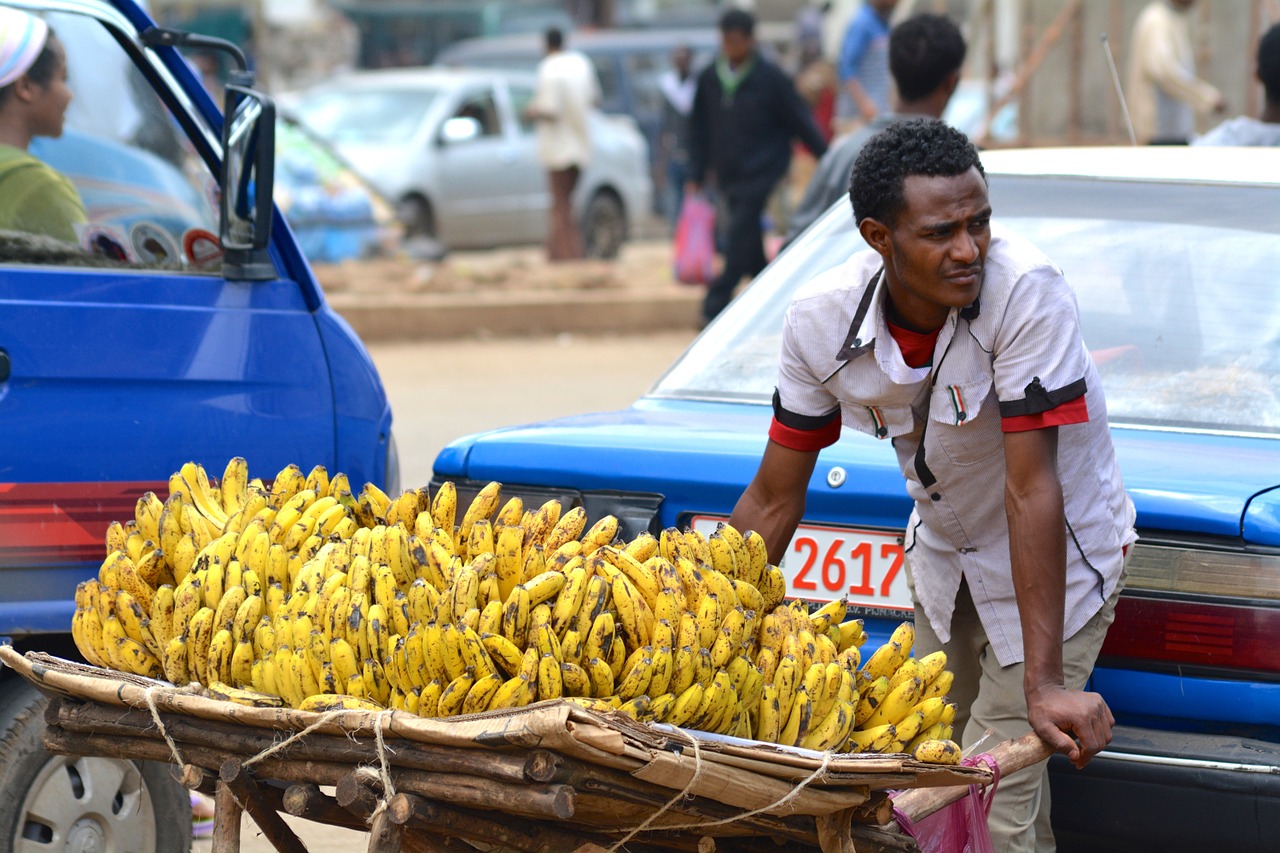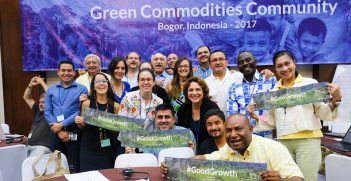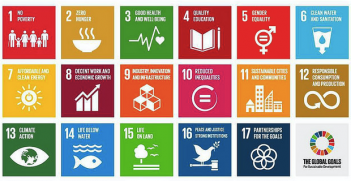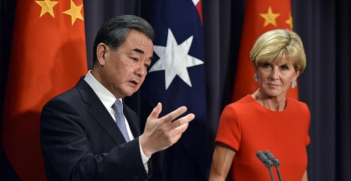The Hidden Goldmine Behind Sustainable Development

Since its conception, the sustainable development (SD) concept has been embraced by civil society as an opportunity to salvage the earth without hindering economic prosperity. However, the ideal “sustainable” global economy cannot be completely understood unless it is placed in the context of unequal power relations within the global financial system.
The Origins of Sustainable Development
The SD discourse was far from a grassroots movement; its roots lie within economic and political institutions of the global north. The term was coined by Lady Barbara Jackson during the 1972 Stockholm Conference on the Human Environment. That same year, the Club of Rome commissioned Limits to Growth – a publication predicting a resource crisis based on computer calculations. Key sponsors of the publication were Aurelio Peccei – an Italian business executive, and Giovanni Agnelli – the chairman of Fiat.
Fifteen years later, the term became popularised in the World Commission for Environment and Development (WCED) report Our Common Future. Key politicians and entrepreneurs such as Maurice Strong, former Canadian oil and mineral businessman, and Italian politician and businesswoman Susanna Agnelli were amongst many commissioners. In 1992, Beyond the Limits was released. This publication advocated the idea that was common to all of the aforementioned reports: in order to avoid the catastrophic results of anthropogenic environmental degradation, it is necessary to enforce regulations on the global human population and its use of natural resources.
The logic behind the SD movement can be summarised by statement in the WCED report: “the population is growing at rates that cannot be sustained by available environmental resources.” This concept aligns with Malthusian Theory. Malthus’s “principle of population” was conceptualised at a time when innovation and technology had not yet penetrated the agriculture industry. It therefore makes erroneous assertions that humans cannot increase food supply and that poverty and starvation are inevitable results of population growth.
Many scholars, such as Amartya Sen, have refuted Malthus by demonstrating that hunger and poverty are not necessarily due to any net scarcity of food in aggregate but rather a result of inequitably distributed resources. However, institutions like the Club of Rome and the United Nations Development Program (UNDP) still adopt the Malthusian ideology in which populations of the global south are seen as threatening the world’s natural resources. These organisations are thus able to rationalise reformist, techno-centrist measures that make it easier to access to natural resources within developing countries.
Technocratic Measures of Sustainable Development
One SD initiative formulated at the 1992 Rio Earth Summit was “Debt for Nature Swaps.” This transaction mechanism allows a lending bank to sell a country’s debt to a private conservation organisation. In turn, countries are able to wipe their debts and give up portions of sovereign land to foreign environmental investors. A total of US $5.6 billion worth of debt has been cancelled by members of the Paris Club in order to “protect nature for the debtor-government.”
The trans-Atlantic monetary system centred in Wall Street and the City of London are major beneficiaries of such SD mechanisms. A paper published by the Institute of International Finance in 2019 revealed an effort to bail out the monetary system with a new financial bubble – describing the green economy as “the new gold.” As a result, “sustainable debt insurance is on track to reach a record high of $350 billion; the Green Bond universe has topped $500 billion; the new ESG Bond Flows Tracker hit $3.7 billion during the first 8 months of 2019.”
These global financial players are primarily responsible for their organisations’ business objectives. Hence, SD’s ostensible mission to preserve the environment and protect its inhabitants often justifies the coercion of those in the global south to exclude and conserve land and resources from productive development.
The Global Environment Facility
The Global Environment Facility (GEF) is one conservation institution that emerged out of the SD discourse of the 80s and 90s. The GEF is a “financial mechanism” that provides funds to countries with economies transitioning to meet the requirements of various “international environmental conventions and agreements.” Accordingly, 860 million hectares of land are under sustainable management – an area larger than the size of Brazil.
The World Bank serves as the GEF’s trustee by administering funds, investing in resources and monitoring projects in these areas. The GEF’s 18 subsidiaries manage the projects on the ground. Some include: the Asian Development Bank, the African Development Bank, the UNDP, and the World Wildlife Fund. Given that the beneficiaries of these conserved areas function to govern the world economy, “conservation” in the name of SD has been criticised as enabling political and practical control over the designated resources of the less developed world.
GEF Projects
One of the GEFs strategies to monitor the world’s land and resources is to impose environmental regulations on the developing world. In many cases, these regulations redirect finance and capital away from development and a state’s capacity to lift their populations’ standard of living. For example, the GEF funds 107 projects in India amounting to $863 million to conserve biodiversity and areas of land degradation. Yet malaria drains the economy of as much as $737 million every year. By imposing environmental regulations on ever-growing regions under conservation, local populations are restricted from using affordable and effective chemicals to control the endemic disease.
The GEF also incorporates scaling up production and integrating relevant private sector industries in some regions under conservation. A model example of this process is the GEF’s Food Systems, Land Use and Restoration Impact Program (FOLUR). The program is planned to operate in 18 countries around the globe such as Indonesia, Tanzania, Ukraine, Mexico and China. Within China, FOLUR will manage 750,000 hectares of farmland and 200,000 hectares of surrounding ecosystems within 28 counties across five provinces. The project aims to engage these areas in “sustainable agricultural development to enhance productivity” within lucrative sectors such as rice (US $591m), wheat (US $136m), and corn (US $19.8m).
FOLUR’s key stakeholders evidently have a vested interest in benefiting from China’s leading world agricultural output. The project plans to collaborate with the likes of China Development Bank, Ministry of Finance, and Paulson Institute to “bring in additional financing for private sector activities that support the goals of the project.” Amongst the other stakeholders, The Paulson Institute is especially directed by corporate interests. For instance, the chairperson of the institute, Henry Meritt Paulson Jr., is an American banker who served as the 74th Secretary of the Treasury of the US after he served as the chief executive officer of the leading global investment firm, Goldman Sachs. In his recent book Dealing With China, Paulson revealed that one of his motives within the country was to remove underperforming state-owned enterprises to make way for more competitive business.
Conclusion
Followers of the SD movement must be aware of the way in which the discourse has been created, controlled and wielded by stakeholder interests in the global north to govern resources in developing regions of the world. In what has been termed “eco-imperialism,” many SD organisations have facilitated transfers of land to bolster the financial output of stakeholder financial institutions. In order to direct the concept of SD to true humanitarian and real ecologically sustainable outcomes, civil society must be rigorously engaged with the discourse. These outcomes may be achieved through genuine collaboration with local landholders. This method gives precedence to those populating the land and can work to challenge foreign business and financial interests. This method has the potential to build a SD movement that is inclusive rather than exclusive.
Jasmine Brinsmead is an intern at the Australian Institute of International Affairs, NSW.
This article is published under a Creative Commons Licence and may be republished with attribution.





